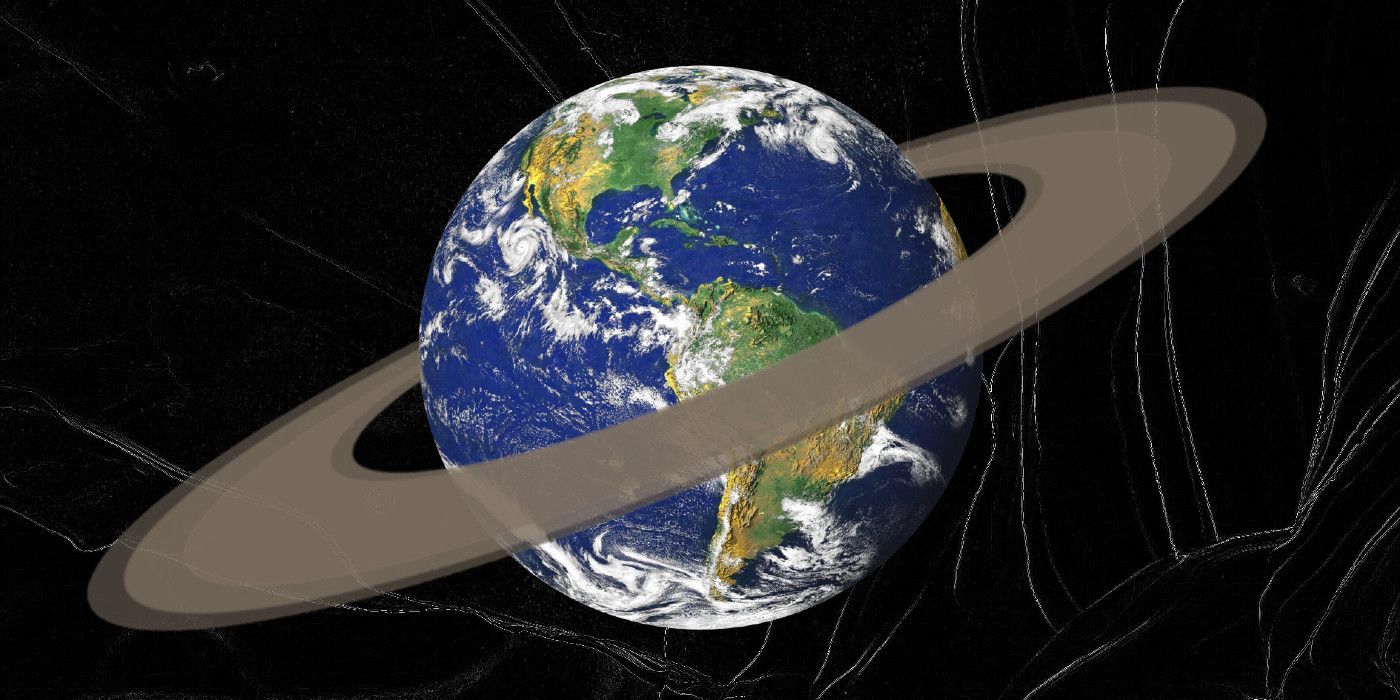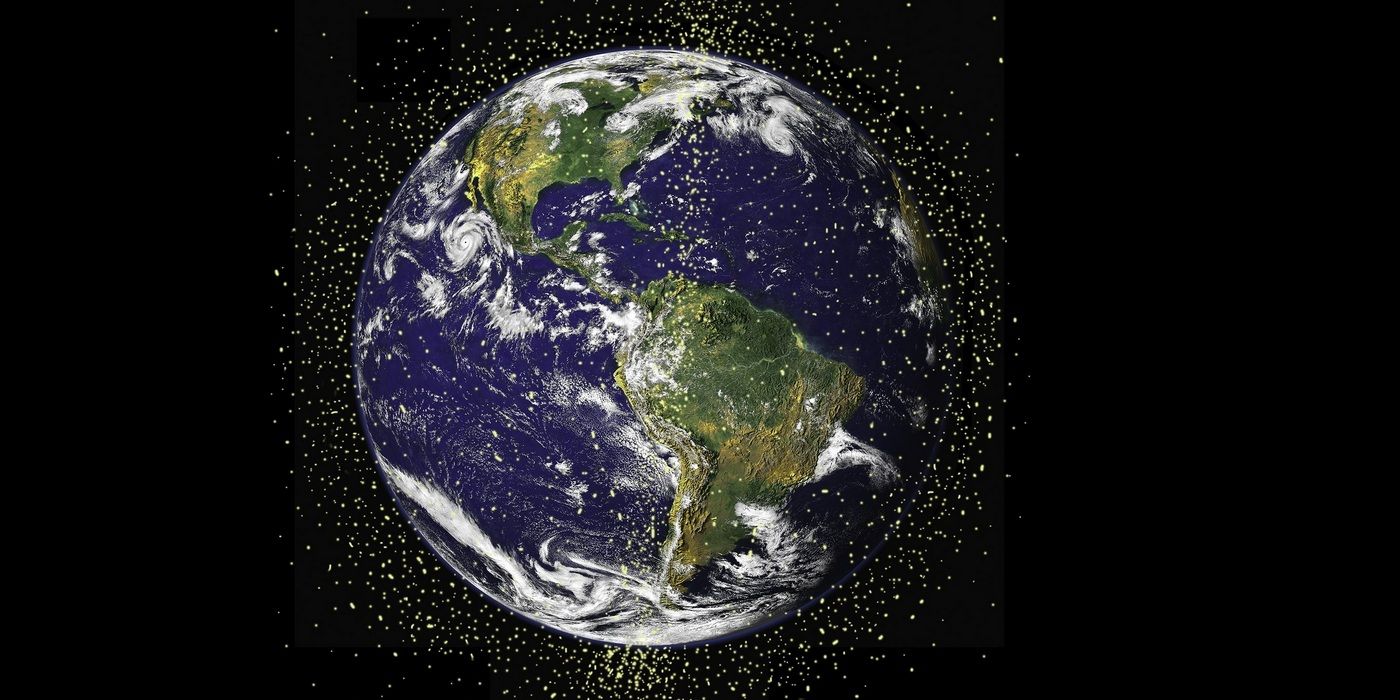With space debris becoming an increasing problem, researchers now say that the Earth might soon get Saturn-like rings made out of junk left behind by space programs. However, while Saturn's rings are natural and are built out of ice and rock material, the rings around the Earth will be almost entirely made out of space junk. With more countries venturing into space with every passing decade, the problem is simply ballooning out of control and recent events, like the anti-satellite weapons test by Russia, are only exacerbating the problem.
NASA and the US government are blaming Russia for significantly contributing to the space junk problem by conducting the aforementioned test which is said to have generated thousands of pieces of orbital debris of varying sizes. The debris is now adding to the space junk problem and posing a major risk to the International Space Station (ISS) and the satellites in geostationary orbit. The debris also poses a potential threat to the lives of the US, Russian, and Chinese astronauts and cosmonauts currently in space.
With space debris becoming increasingly dangerous for equipment and humans alike, researchers are now working on a plan to minimize space debris using magnets. As part of research published in the journal Nature, University of Utah professor Jake Abbott and his colleagues are looking at using magnets to suck up the debris instead of using robots. Talking to The Salt Lake Tribune, Abbott said that using robots to collect the spinning debris is impractical because they have the potential to break off the robotic arms and create even more debris. Instead, magnets will make for a more practical solution for cleaning up space debris without risking the creation of further junk. Interestingly, Abbott said that magnets would make for a good solution even for cleaning up stuff that's not made out of metal.
More Than 170 Million Pieces Of Space Junk
According to the European Space Agency (ESA), there are more than 170 million pieces of space junk that are bigger than 1 mm in size. While the largest ones could tear a satellite to shreds in the event of a collision, even the smallest pieces could destroy critical systems on a spacecraft. Almost all of these pieces are in motion and are orbiting the Earth, but many of them even fall to Earth from time to time. One such example was a portion of the Falcon 9 launch vehicle that landed on a farm in Washington State earlier this year.
Astrophysicists believe that there are at least 19,000 substantial pieces of space debris in low Earth orbit, which stretches from about 120 miles to 1,200 miles (200km to 2,000km) above Earth. The combined weight of all space junk is said to be 7,500 metric tons, which is the equivalent of around 1,100 elephants. Talking to The Guardian, Jonathan McDowell, an astrophysicist at the Harvard-Smithsonian Center for Astrophysics, said that there could be "hundreds of thousands" of smaller pieces of junk that are too small to show up on radar, but still pose a clear and present threat to the ISS and future space missions.
Source: Nature, The Salt lake Tribune, ESA, The Guardian


